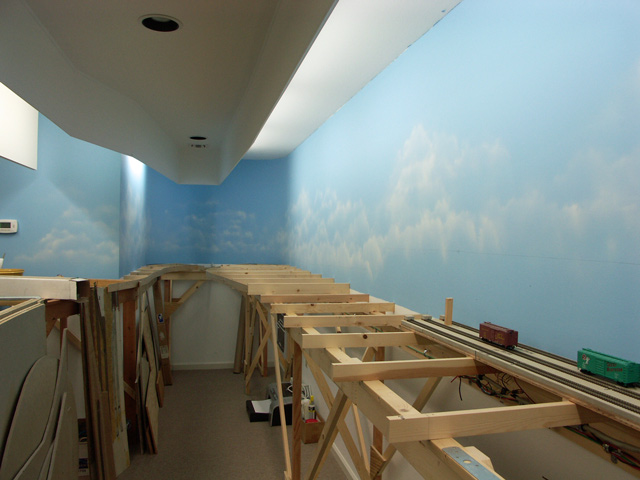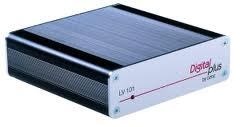I was reading a blog post yesterday “Stalled” written by Trevor Marshall in which he was lamenting the lack of progress on his layout over the past month or so. His posts of late have been largely philosophical in nature, and that was mostly because of his lack of new work to write about. He even went so far as to include links to other posts where others had written about being in a similar circumstance.
Now it’s very common for layout activity to slow during the summer months. Trevor explained that several other commitments were draining his time, plus the previous winter had been quite brutal, and the spring long and chilly, therefore he was really enjoying spending much of his (summer) spare time relaxing on the patio reading books and enjoying adult beverages. Others responded, mentioning similar activities.
Yard work takes up much of my time during Southern hot, humid summers and occasionally I’ll partake of a railroad related activity that will take me out of town for the day. But I’m generally working on the layout during the majority of my free time. Even when there’s not much apparent work going on with the layout, it isn’t out of my mind. I’m constantly reviewing, refining and planning both the immediate work and the long term tasks that will be required. While I’ve made some pretty good progress this summer on the Louisiana Central, I’ve been feeling a bit burnt-out lately. Much of the work has been boring, tedious and/or repetitive, and sometimes quite aggravating.
I’ve started work on the sub-roadbed for the Spencer Lumber Company’s line up to their reload point in the woods. There’s a 20 foot stretch of roadbed that will span almost two thirds the length of the longest wall in the room. I’ve cut out the plywood and Homasote, pre-installed the splice plates for the sections, and fabricated most of the risers that will be required. I started test fitting the risers Sunday and ran into a nasty surprise. The risers will attach to the very end of the joists butted up to the wall. The existing risers supporting the lower staging yard are attached to these same joists. Unfortunately, the attachment point for many of them is also at the end of the joists. While I can simply put the high line risers on the other side of the joists, the problem is not having room to clamp the risers to the joists. I generally clamp the risers temporarily so I can adjust them for both elevation and level, then permanently attach them with a couple screws. And that leads to a second complication: I don’t think I’ll have enough room to get a drill motor in position to drill the pilot holes for the screws.
If I had been more forward thinking, I would have installed the high line benchwork first, then unscrewed the sub-roadbed from the risers, placing it aside while I then installed the staging yard below. As it is now, it isn’t reasonable to uninstall the staging yard to move it out of the way as it is complete with track, wiring and all those optical detectors.
That was when I decided that I needed a little down time to clear my head from the aggravations that sometime occur during layout construction. When I read Trevor’s column, I realized that one mustn’t let the hobby devolve into something that becomes a chore rather than a pleasure. While I fully intend to continue construction of the railroad, I realize that I probably should add some other activities into the mix in order to keep my sanity and enjoyment of the hobby intact. In a few days, I’ll begin pondering the sub-roadbed situation and I’ll figure out a solution. But the solution will come after having a clear and relaxed mind….always does.
So forgive this somewhat lengthy ramble; I’m just clearing my head.
-Jack


 This LZ100 Command Station has been upgraded to version 3.6, which is the current Lenz software. It has all the features of the current Lenz product except Railcom.
This LZ100 Command Station has been upgraded to version 3.6, which is the current Lenz software. It has all the features of the current Lenz product except Railcom. The LV101 Power Station (booster) is fully opto-isolated and produces 4-5 amps of power, depending on the power supply voltage.
The LV101 Power Station (booster) is fully opto-isolated and produces 4-5 amps of power, depending on the power supply voltage.